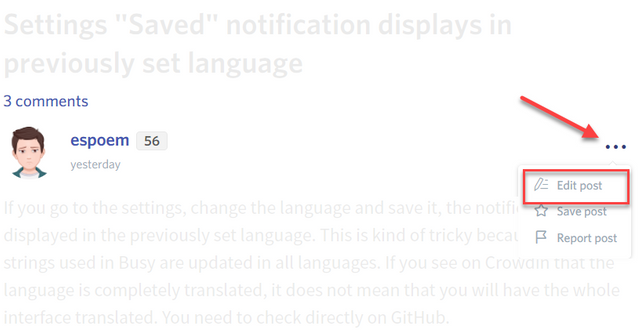DD-WRT is a Free Open Source Firmware for Wireless Routers
DD-WRT enables low priced routers to have features that are usually found in more expensive products. Just download DD-WRT for free from the DD-WRT website and install.
Some low-cost wireless routers sold today use Linux as the embedded operating system. This has allowed hackers to create a free, open-source version firmware called DD-WRT that greatly extend the capabilities of consumer grade routers. Some features that are included are only available in enterprise-grade routers.
DD-WRT Features
Some of the features that are available with DD-WRT as of V24 SP2 or later include:
- Bandwidth monitoring
- Dynamic DNS
- IPv6
- OpenVPN
- PPTP
- Quality of Service (QoS)
- Samba/CIFS client
- SNMP
- SPI Firewall
- UPnP
- Wake On Lan
- WPA/WPA2

Most wireless routers are not compatible with DD-WRT. If DD-WRT is desired, consult the DD-WRT router database before buying one. Some popular brands that have wireless routers that work include Asus, Buffalo AirStation, some Linksys routers, and some Netgear routers. In the case of Linksys and Netgear, both manufacturers offer specially marked products that are compatible with open source firmware.
Before installing DD-WRT on a wireless router, keep in mind that flashing third party software will almost always void the warranty. Furthermore, it's possible to render the router useless if the firmware update fails. This is commonly called "bricking a router." Although it's possible to revive a bricked router, the process can be very technical and difficult. However, most people who install DD-WRT do not experience any problems and easily perform the firmware upgrade in 15 minutes.
Downloading and Installing DD-WRT
If the router has already been configured, write down all custom configuration information such as IP addresses, passwords, and wireless keys. The firmware upgrade process results in the loss of all configuration information.
The next step in installing DD-WRT is to consult the router database as indicated above and download directly from the router database. The router database will display the specific instructions and files that are applicable to a specific router. It is very important not to confuse model numbers as getting the wrong files could result in bricking the router.
If the router database says it can be installed using the router's web interface, look at the instructions in the router for upgrading the firmware. Instead of upgrading the firmware with the router manufacturer's version, DD-WRT will be installed instead.
In some cases, DD-WRT cannot be installed with the web interface. Under those circumstances, a TFTP client is used to upgrade the firmware. Instructions will be included in the router database if TFTP is required.
DD-WRT Default Login and Password
After the installation of the new firmware is complete, the router will use its default IP address and subnet. Log into the router via the web, SSH (if enabled) or telnet. The default username is "root" while the default password is "admin." If the firmware version is v24 SP1 or later, a password change is mandatory as part of the login process.
After the DD-WRT password has been change, the best part begins which is configuring the many options that weren't available with the OEM firmware.
Posted on Utopian.io - Rewarding Open Source Contributors
Your contribution cannot be approved yet because it is not as informative as other contributions. See the Utopian Rules. Please edit your contribution and add try to improve the length and detail of your contribution (or add more images/mockups/screenshots), to reapply for approval.
You may edit your post here, as shown below:

You can contact us on Discord.
[utopian-moderator]
Downvoting a post can decrease pending rewards and make it less visible. Common reasons:
Submit
Your contribution cannot be approved because it does not follow the Utopian Rules.
You can contact us on Discord.
[utopian-moderator]
Downvoting a post can decrease pending rewards and make it less visible. Common reasons:
Submit